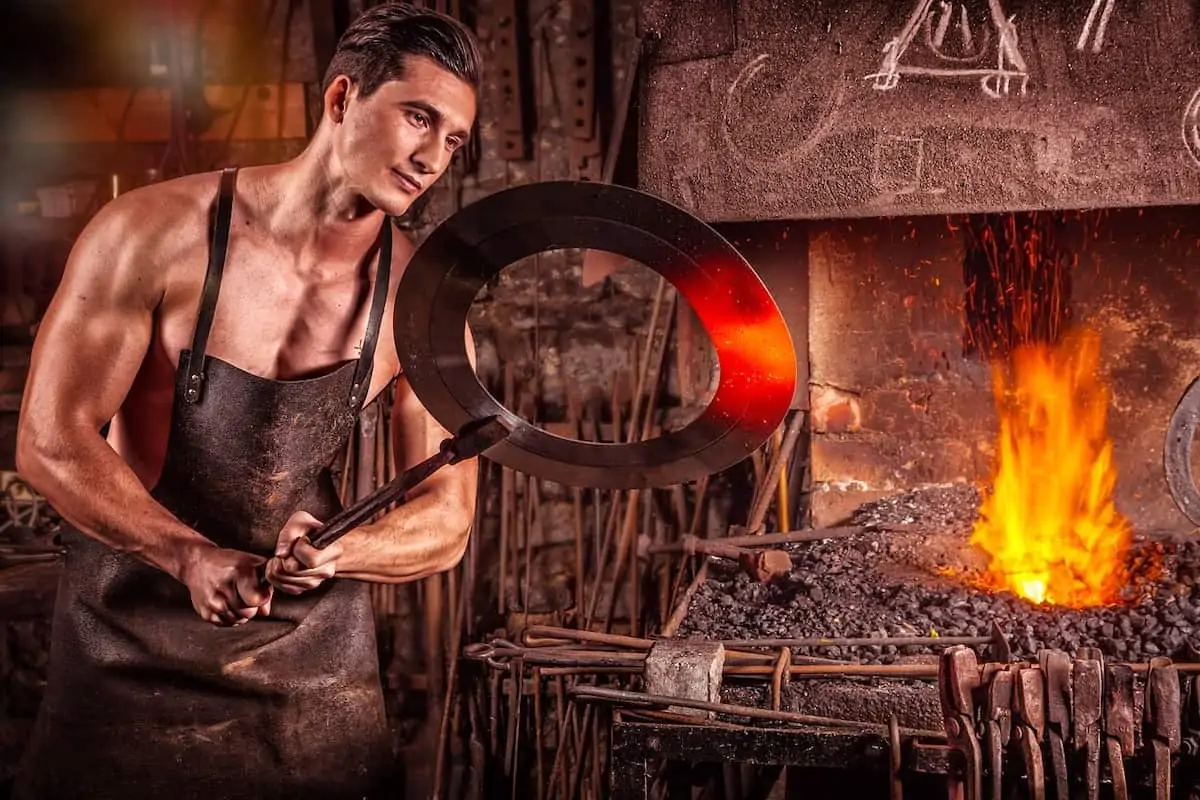Forging refers to the process of shaping metal using localized and compressive forces. Forging relates to a staple metal fabrication technique, and the same has been in fashion for a long time.
Ever since its introduction, this concept has undergone various changes. Today, the process of forging is not localized to using traditional techniques, but the same has resorted to a faster, efficient, and durable approach.
The forging companies use forging presses and hammering tools powered by hydraulics, electricity, and compressed air to fulfill the metal fabrication. Some of the most common materials used for forging include alloy steel, carbon steel, stainless steel, micro-alloy steel, titanium, and aluminum.
Various Types of Forging techniques
The forging company uses different types of forging techniques to shape up the metal. Although these techniques are different from each other, they all provide the same kind of benefits. The pounding action used in forging deforms and shapes the metal in the way you want. The said process also leads to an unbroken grain flow.
The process of forging enables the metal to retain its strength and durability. Forging is relatively affordable when compared to other metal fabrication processes. Here are the different kinds of forging techniques available with many forging companies:
Hot Forging
This forging process includes heating the metal beyond its recrystallization temperature. The metal gets heated up to 2,300 degrees Fahrenheit. The advantage of hot forging is that it decreases the energy required to form the metal. The excessive heat used in hot forging cuts down yield strength, thereby improving ductility.
Cold Forging
As opposed to hot forging, the concept of cold forging shapes at metal at room temperature. Cold forging includes many forging techniques such as extruding, bending, cold heading, and cold drawing. This versatile method of metal reshaping requires the use of more powerful equipment. You may have to pay more to the forging company for this kind of metal forging.
Open Die Forging
The metals that do not have any precut profile when engaging in forging constitute open die forging. The open design in this process lets the metal flow everywhere except where it touches the flat die. This type of metal reshaping is extremely popular in the field of art smithing. It is also used for shaping ingots before secondary shaping measures.
Closed Die Forging
This concept of forging is also known as impression die forging. It makes use of molds. The molds are connected to the anvil. There is a hammer that forces the molten metal that further flows into the cavities of the die. Closed die forging is a cost-effective option to choose. It also offers exceptional strength to the metal over other alternative methods.
Press Forging
This method of forging relies on the concept of compression. The metal is allowed to sit on a stationary die. After it, many compressions are applied with continuous pressure, which helps it attain the desired shape. The process of forging is time-consuming, but the results are incredible. You can also pair up press forging with hot or cold forging.
Roll Forging Process
Roll forging includes increasing wires or rods in terms of length. Heated bars of metal are then placed between two cylindrical rolls. These rolls then rotate and apply the desired pressure that eventually shapes the metal. This forging process has many benefits. It eliminates flashing and offers a superior grain structure.
Conclusion
Apart from all these forging tricks and techniques, many other methods are used to reshape the metal. Draw forming and upset forging processes are other common concepts to fabricate the metal accordingly.


 EBOOK HERE
EBOOK HERE
Amazing article explained with detailed information. Thank You